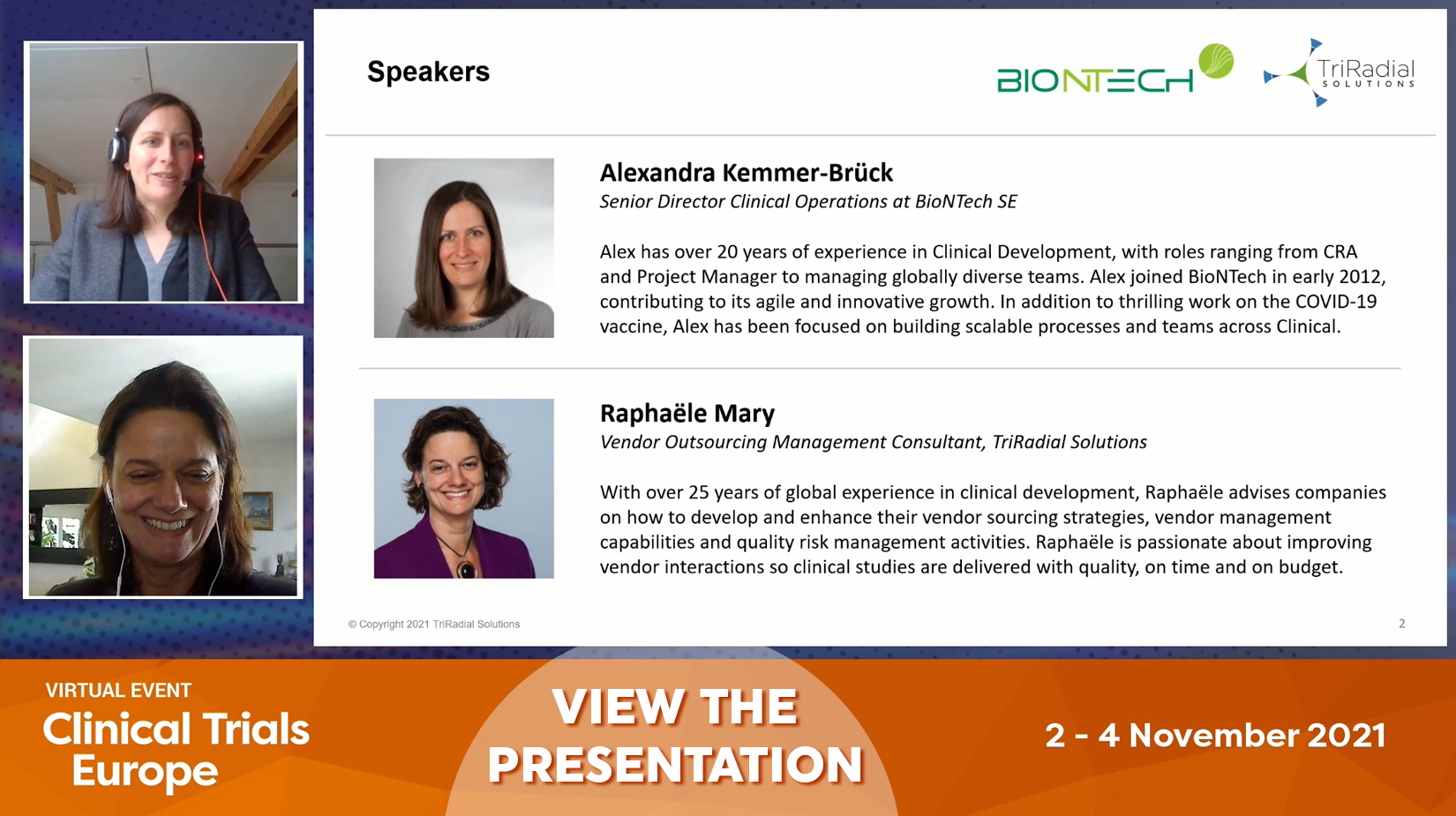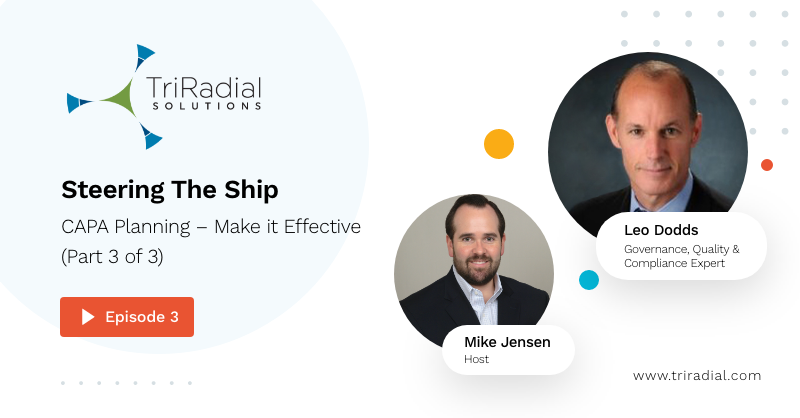It is increasingly common for biotech companies to develop products to the point of Proof of Concept or late Phase 2 trials – and then out-license/sell the asset without taking it through the full development cycle or to commercialization. This is a great way to demonstrate the asset potential without becoming a full commercial organization. To maximize the value of the sale, it’s critical to be fully prepared for due diligence.
To out-license or sell the asset, the acquiring company will perform due diligence to assess the data quality and integrity, regulatory compliance, robustness of the quality system and records maintained. Every aspect of the asset’s research and clinical development could be reviewed during the due diligence process. When due diligence uncovers major issues, the downstream impacts can be substantial and may include regulatory risks that bring inspectors to the table, reputational damage for future out-licensing, financial liabilities, and deal structure adjustments. In fact, your asset can lose >20% of its value, and deals could be called off completely.1
This sounds daunting, but there are some ways to make the entire process work for you. Here’s how:
- Begin with the end in mind. If your strategy from the beginning is to out-license/sell - then build your processes and systems to support easy retrieval of information. Know that you will often have to transfer every record generated, storing them in a compliant and retrievable way will make the transfer process smoother.
- Focus on Quality. A compliance-centered workforce can go a long way toward reducing quality concerns during due diligence. Regulatory compliance is critical, and this should include ensuring data integrity is maintained throughout the development lifecycle. The more issues found during due diligence, the lower the value of the asset as investors are prioritizing companies demonstrating validated clinical data and clear commercial pathways.2
- Work in a repeatable way. The more routine work is for your teams, the better the compliance. Better compliance drives better value. This means building good processes, having the right tools, and cross-training personnel to spread knowledge consistently across teams. This reduces risk at all levels and helps build a compliance mindset.
The due diligence stage is far too late to find out there were missteps along the way that will decrease the value of your asset. A gap assessment now can find compliance holes so you can fill them earlier in the lifecycle. Building a data map of your research and clinical trial records will help identify any gaps proactively. And finally, a compliance roadmap can drive quality across the organization and help with continuous quality improvement.
References:
1Fenwick. (2018, Oct 24). Akorn v. Fresenius: Important Practical Lessons from First-Ever Material Adverse Effect. Fenwick. https://www.fenwick.com/insights/publications/akorn-v-fresenius-important-practical-lessons-from-first-ever-material-adverse-effect
2Helal, K. (2025 May 16). Emerging Tech Research: Biopharma Modalities VC Trends. Pitchbook.




